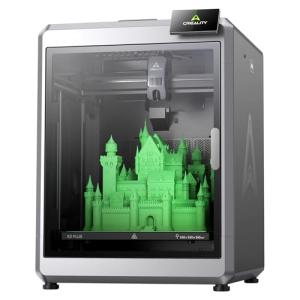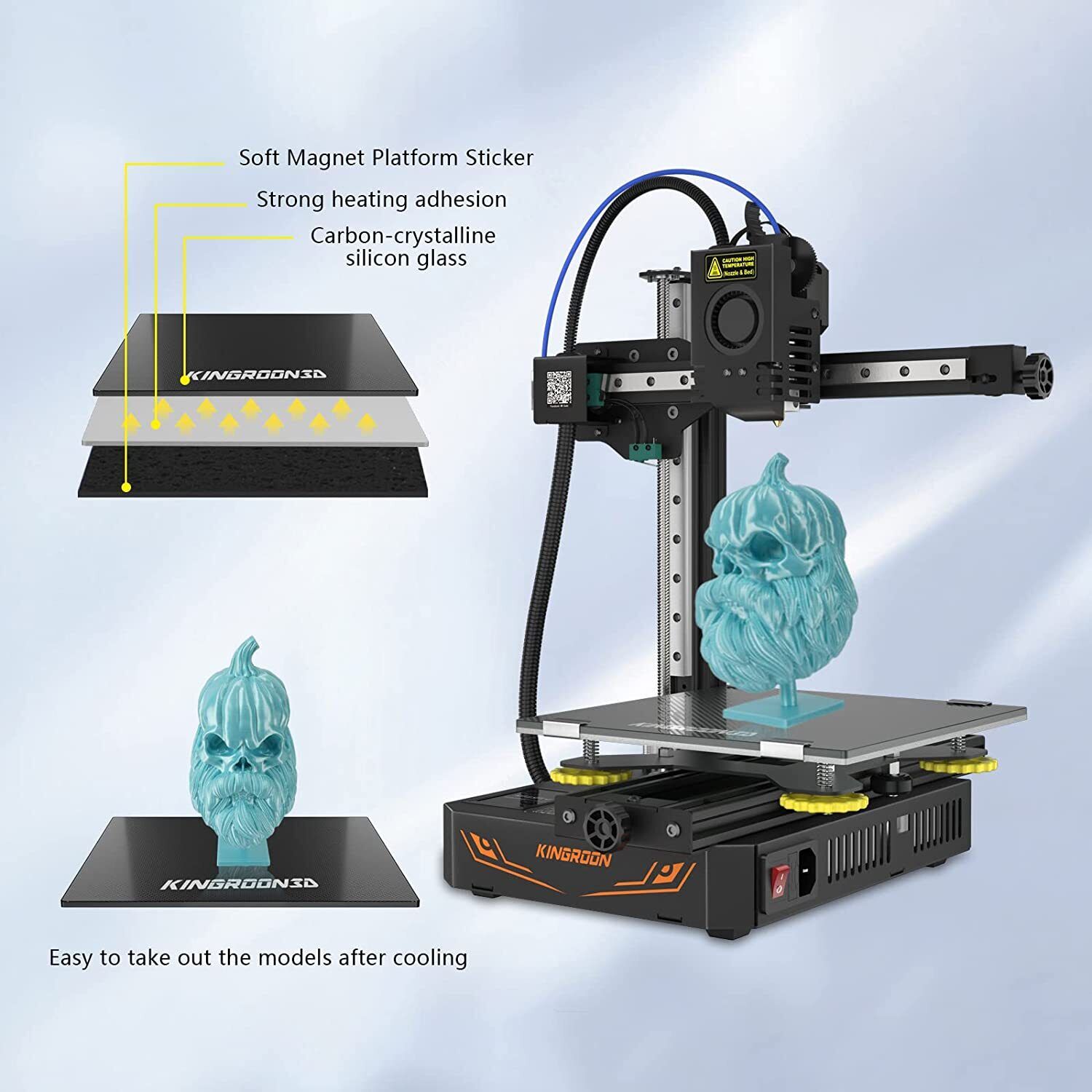When you dive into 3D printing, keeping safety in mind is super important. Here are some smart tips to help you enjoy your projects while staying safe.
First off, always work in a well-ventilated space. Many 3D printers can release fumes, especially when using materials like ABS. Open a window or use a fan to keep the air fresh. This simple step can make a big difference in your printing environment.
Next up, watch your printer’s temperature settings. High temperatures can help with better prints but can also pose fire hazards. Keep an eye on those settings and make sure you’re using the right materials for the job. If you ever feel uneasy about anything overheating, don’t hesitate to turn it off.
Don’t forget about wearables! Things like gloves and safety glasses can protect you from hot parts and sharp tools. It’s easy to overlook these items, but they’re essential when you’re handling prints or tweaking your machine. A little extra precaution goes a long way in 3D printing safety.
Lastly, have a fire extinguisher handy. Even though it sounds a bit dramatic, it’s better to be prepared. A small flame can turn into a big problem fast, and having the right tools nearby can help you tackle any unexpected issues.
Know Your Printer's Safety Features
When diving into the world of 3D printing, understanding your printer’s safety features is key to keeping your workspace secure. Let’s look at why this matters and what to check for.
First up, look for automatic shut-off functions. Many updated models have a built-in safety feature that turns off the printer if it detects any issues. This is super handy in case something goes wrong while you're busy doing other things—no one wants a rogue print running when they're not there!
Heat management is another critical part of 3D printing safety. High temperatures are a norm in 3D printing, especially with materials like PLA or ABS. Look for printers with well-insulated nozzles and heated beds that minimize the risk of burns or overheating. Some printers even come with thermal runaway protection, which prevents the printer from getting too hot and potentially causing a fire.
Filtration systems are worth considering too. If you're working with certain filaments, you might release fumes that aren't great for your health. Filters can help reduce these emissions and improve air quality. Always check if your 3D printer has an option for a built-in air filter or if you need to buy something separately.
Lastly, think about how stable your printer is. A good printer sits securely on a flat surface, reducing the risk of tipping over. Look for features like a sturdy frame or added weight to keep things steady. When it comes to 3D printing safety, even small details can make a big difference!
Creality K2 Plus 3D Printer with Fast Multi-Color Printing
Experience vibrant, high-quality prints with lightning-fast color change capabilities
Product information
$999.00
Product Review Score
4.74 out of 5 stars
214 reviewsProduct links
Handling Filaments with Care
Handling filaments safely is key when you dive into the world of 3D printing. Stick to some simple practices, and you'll keep yourself and your workspace safe while enjoying stress-free projects!
First off, always store your filaments properly. Keep them away from direct sunlight and humidity. A clean, dry area makes a big difference. Moisture can mess with the filament’s quality, leading to prints that don’t look great.
When you’re ready to load your filament, make sure to cut the end at an angle. This makes loading much easier and reduces the risk of jamming. Oh, and wear gloves if you’re handling anything that’s freshly printed or heated. Remember that those nozzles can get super hot!
Finally, don’t forget to dispose of any filament scraps responsibly. Tossing them in regular trash isn’t the best idea. Check if your local recycling program takes them. This small step helps keep the planet happy and aligns perfectly with 3D printing safety.
ELEGOO Neptune 4 Pro: Lightning-fast 3D Printing
Experience high-speed 3D printing with the ELEGOO Neptune 4 Pro for ultimate efficiency in the world of 3D printers
Product information
$269.99
Product Review Score
4.25 out of 5 stars
31 reviewsProduct links
Cleaning Up After Your Print
Alright, you've just finished an awesome print! Now, it’s time to tidy up a bit. Cleaning up after your 3D printing session is essential not just for your workspace but also for your safety. You don't want leftover filaments or resin lying around. They can cause accidents or mess up your new print.
First things first, make sure you wear gloves and a mask if you're working with resin. Resin can be tricky to handle, and you definitely want to avoid skin contact and fumes. For filament, just a good solid cleaning of your workspace should do the trick. Use a damp cloth to wipe down the printer and the surrounding area.
Next, clean any leftover material from the build plate. If you're using a washable build surface, give it a good wash with warm soapy water. For non-washable surfaces, use a scraper carefully to remove any stubborn bits. Keeping this area clean enhances your 3D printing safety by ensuring nothing interferes with future prints.
Also, properly store your filament or resin. Keep them in a cool, dry place to maintain their quality. If you’re using a specific material like PLA or ABS, check to see if they require special storage conditions. Proper storage not only prolongs their life but also keeps your 3D printing setup safe.
Lastly, always dispose of waste appropriately. Don’t just toss used filaments or resin in the trash. Check local guidelines for safe disposal. Staying safe with your 3D printing activities means keeping the environment clean too!






